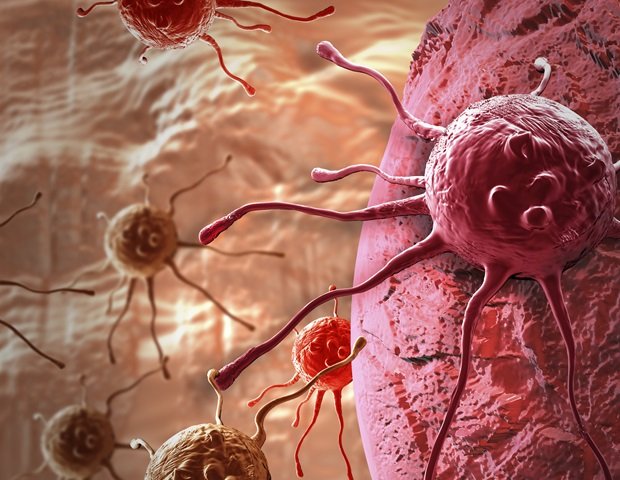A new study led by researchers at Queen Mary University of London gives women a choice between self-sampling and traditional screening performed by a nurse or doctor for human papillomavirus (HPV)-based cervical screening. It has become clear that the option of doing so is welcome.
The study, published in the Journal of Medical Screening, evaluated a group of 2,300 women aged 24 to 65 who had their own samples taken while undergoing standard cervical screening at 38 GP practices across England. did. Participants were asked about their screening preferences and attitudes toward choosing between the two methods. Researchers examined age, education, ethnicity, and testing experience as predictors of choice attitudes and expected future choices.
Among women surveyed, 85% would prefer to be given a choice, 72% said this choice would improve their screening experience, and 69% would choose to self-sample at home if offered the choice in the future. I answered. However, some women expressed concerns about choosing a screening method, with 23% finding it difficult to choose, 15% feeling unsure about choosing, and 48% wanting a recommendation. . These concerns were more frequently reported by women with fewer qualifications compared to women with degree-level education.
The researchers say these findings will help ensure that effective messaging is used when implementing or evaluating HPV self-sampling options in the UK and other countries, exploring different ways to deliver this option. We believe this highlights the urgent need to evaluate
Lead author Jo Waller, professor of cancer behavior science at the Center for Cancer Screening, Prevention and Early Diagnosis at Queen Mary University of London’s Wolfson Institute of Population Health, said: “This study shows that when it comes to cervical cancer screening, “This confirms that choice is generally welcomed.” For many people, self-sampling is a more convenient and acceptable option, but others prefer the peace of mind that a nurse or doctor has performed the test. ”
It was impressive that a significant number of participants responded that they wanted recommendations. In considering how best to make self-sampling available, to ensure that the choice is not an added worry or burden, and to avoid exacerbating social inequalities in screening uptake. , you should keep this in mind. ”
Dr Laura Marlowe, Senior Research Fellow, Queen Mary University of London
Public Health Minister Andrew Gwynne said: “We know that the earlier cancer is detected, the easier it is to treat, so it’s important that we make access to screening and testing as easy as possible.”
“I welcome this research and the Government is working closely with the UK National Testing Board to explore the potential of self-sampling.”
Cervical cancer is one of the most preventable types of cancer. However, data shows that uptake of face-to-face screenings offered through the NHS cervical cancer screening program is at an all-time low in the UK. NHS England data from 2023 reveals that around one in three eligible women aged 25 to 64 are not up to date with their cervical cancer screening. The study comes as more flexible screening methods, such as self-testing, are being explored to increase participation and make screening services more accessible to women.
sauce:
Queen Mary University of London

